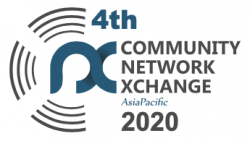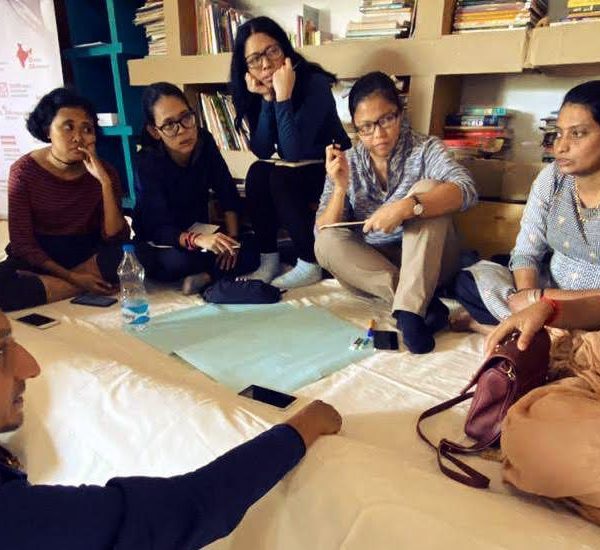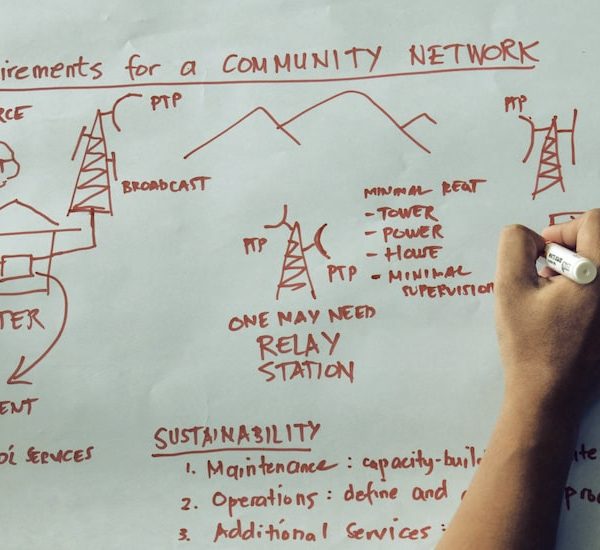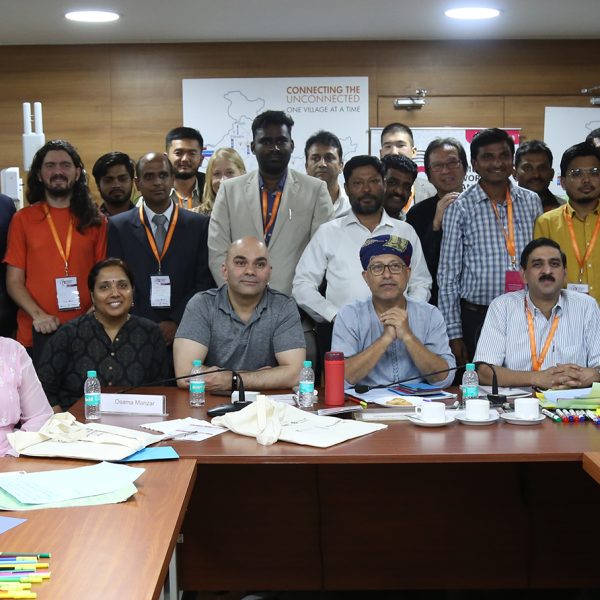Meaningful Access with Community Networks
Since 2017, Community Network Exchange (CNX) Asia-Pacific has been a platform to discuss the many intricacies of community networks, and the multi-pronged issues that emerge with its deployment and management. CNX 2017, 2018 and 2019 were convened with members of the community in person across different locations each year, with a focus on sharing experiences, ideas and knowledge.
CNX 2020 took place in a new reality because of the COVID-19 pandemic, the effects of which were felt locally, nationally and globally. While individuals across the world isolated, they also found themselves more connected than ever before, because of technology. The necessity and dependence on technology has never been more evident, and the serious gaps in connectivity never more glaring.
Across developing countries, only 19% of people are connected to the Internet, compared to 87% in developed countries. Under the shadow of the global pandemic, perhaps the question to ask is how best to ensure connectivity for all, and should it be considered a basic right? What sort of enabling regulatory and policy environment is required for the mass adoption of community networks?
How do we ensure the newly connected are capable digital citizens and are able to maximise the digital opportunities on offer? With this in mind, the theme of CNX 2020 was “Meaningful Access with Community Networks”.
In this new set of circumstances and faced with unique questions, CNX 2020 found itself shift to an online medium, with conversations taking place over six days and over 40 speakers from 23 countries joining in for the sessions of the conference. The ten sessions and the concluding Summit Roundtable explored multiple nuances around the meaning of connectivity and the role of community networks across different contexts and countries in our contemporary times.
The discussions covered a range of topics involving multiple stakeholders, from Internet Service Providers, civil society, government and licensing bodies to international organisations, and the individual beneficiaries of community networks. They explored the importance of understanding local context and cultures and respecting the ‘human element’ that forms the backbone of technology and connectivity use and, importantly, the need to gain the trust of local communities.
The session on gender discussed its many dimensions in depth, but most sessions also found themselves touching upon the intersection of gender and technology, and how it impacts the deployment as well as the use of community networks. A session explored the paradoxes around connectivity, which on one hand acts as a platform to liberate people and open up the world to them, and on the other, can transform into a tool for authoritarianism, propaganda, and misinformation. The conference also discussed the questions around content and the need to have local contexts in mind when it comes to content. The role of community radio was highlighted along with the challenges in its deployment which include technological barriers as well as those pertaining to license and regulations and the synergies shared with community networks.
The Summit Roundtable concluded the conference, with a panel of experts delving into issues which highlighted the need to connect people. With lockdowns, social distancing, and communities isolating across the world, the necessity of the Internet and for meaningful connectivity has never been more urgent. A small window of opportunity has emerged with the pandemic and the critical role the Internet has played during it. All stakeholders should capitalise on this opportunity to connect the unconnected across the globe.



